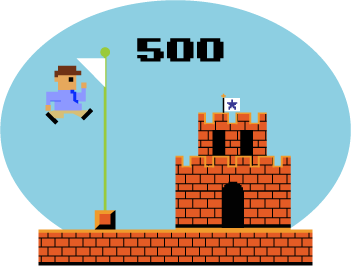(We have created an 8-part comprehensive report containing a series of one-to-two page “briefs” regarding learning game design. This is part 8: When You Play Test…And You Find Out the Game Is Not Fun. If you would like to see the white paper in its entirety, check out the Learning Briefs section on our website.)
 When you play test early versions of your game, you WILL find out some things don’t work as you envisioned. Perhaps the game is too hard – or too easy. Perhaps it takes too long to play. Perhaps some key learning isn’t happening. Or, perhaps the rules are confusing. There are several things you can change to improve the game play experience. Some of these are pulled from the Brathwaite and Schreiber book. Others are gleaned from our own experience.
When you play test early versions of your game, you WILL find out some things don’t work as you envisioned. Perhaps the game is too hard – or too easy. Perhaps it takes too long to play. Perhaps some key learning isn’t happening. Or, perhaps the rules are confusing. There are several things you can change to improve the game play experience. Some of these are pulled from the Brathwaite and Schreiber book. Others are gleaned from our own experience.
- • Consider whether the user interface needs to be adjusted. Perhaps it’s creating confusion or it’s “snoresville” in design.
- • Change how the scoring works – either by giving people more points or fewer points, or by establishing a major penalty that causes people to really think before moving forward.
- • Allow players to affect game play of others.
- • Mess with the play order or the game loop. (This only applies when you are playing a multi-player game, obviously. In Uno, you can lay a card down that forces the turn order to change. In Farmville, there is a sequence – or game loop – of things a player can do. Changing the order can affect the fun factor.)
- • Get rid of a rule. In general, the fewer rules you have, the better you are. Note that there are exceptions to this. Example: Civilization is an extremely successful game that is very complex to learn.
- • Make a resource limited (or unlimited).
- • Get rid of – or add – a level or an entire round of play.
- • Use the “rule of two” – take a game value and double it or divide it by two.



I am really inspired together with your writing abilities as smartly as with the layout in your weblog. Is this a paid subject or did you modify it your self? Either way keep up the excellent high quality writing, it?s uncommon to peer a great weblog like this one today..
Another thing interesting, You’re a tremendously seasoned author. I’ve surfaced alongside your current feed and show off toward investigating alot of all of your spectacular piece of writing. In addition, Could very well propogated your webblog on my social media sites!